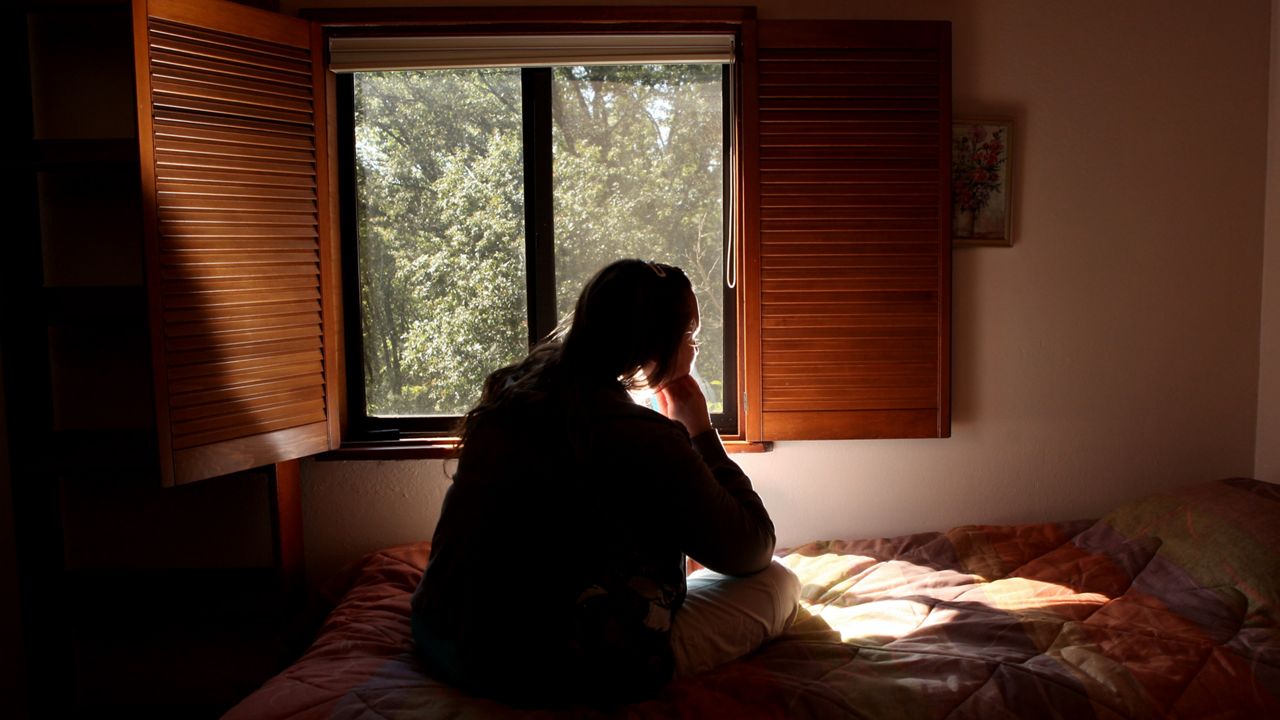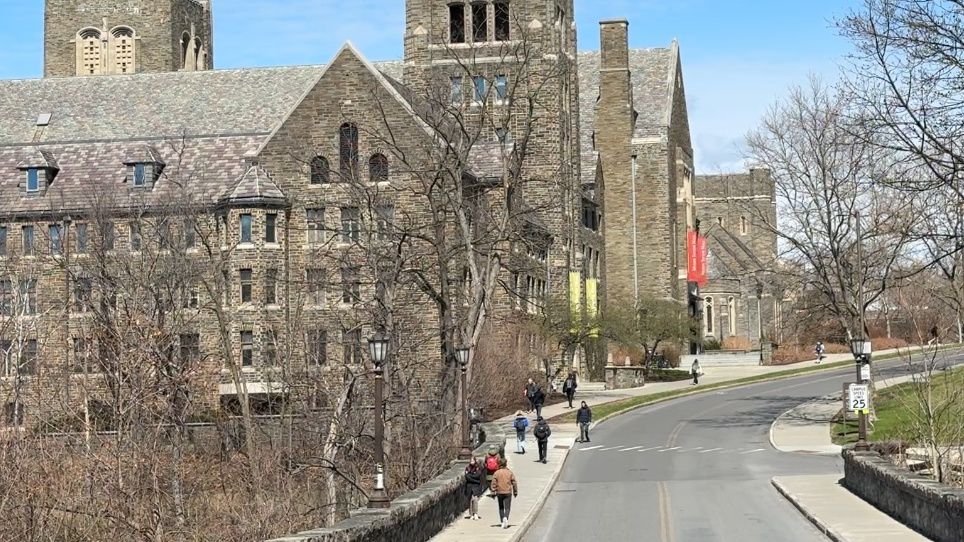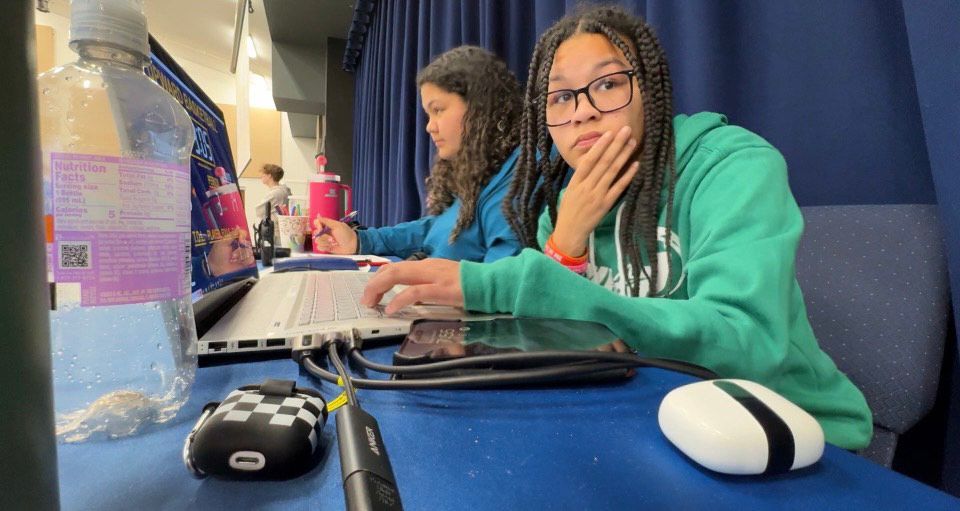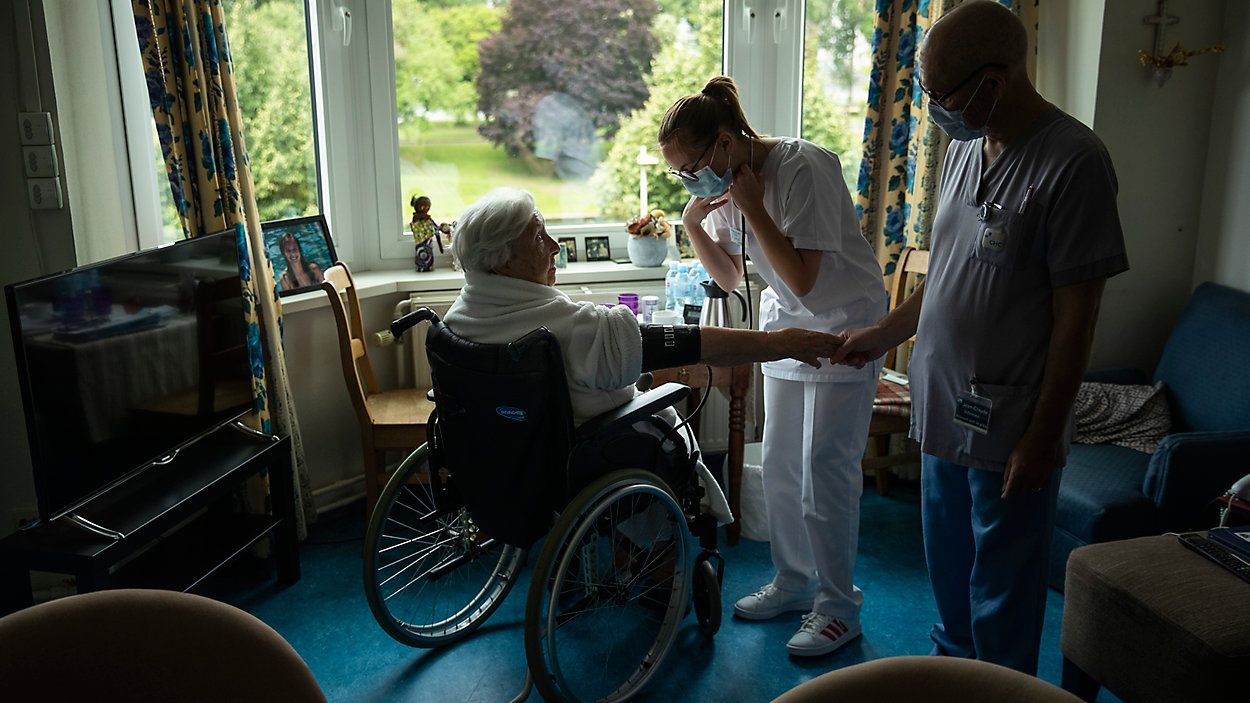This winter, a strike by correction officers across New York state brought prisons to the forefront of conversation. Auburn Correctional Facility was one of many facilities with people participating in strikes.
Auburn's prison has a more than 200-year history and over the years, it included the use of solitary confinement, walking in lockstep and wearing striped uniforms. Those methods, among others, eventually became part of what’s known as the Auburn System.
Auburn Correctional Facility is one of the oldest prisons in the U.S. and the oldest in New York. Prison construction began in 1816, one year after Auburn became a village. Their prison was the first to use the electric chair.
“The first year that death by electricity became a method in New York was 1888. And then in 1890, that's when the first electrocution happened here in Auburn,” said Haley Boothe, curator with Cayuga Museum of History and Art.
And what about the striped uniforms?
“People really see this and think of incarceration of prisons and that was something that was started in Auburn as a way to take away the individuality of people and to sort of give them this ostentatious look that made them feel degraded. As a means to take away their humanity,” said Boothe.
Auburn’s prison also instituted lockstep.
“You put your hand on the shoulder of the person in front of you. You hold their waist and you walk in lockstep like a military formation. When they got rid of that, they were so excited that they wrote a poem about how great it was to no longer have to walk in lockstep,” said Boothe.
Prisoners were held in small solitary cells in the evening and forced to be silent all day. Prison life can take a mental toll.
“So something that we like to emphasize is the problem with mental health in prisons, not just for people who are incarcerated, but people who are also working there. So the rates of things like depression in COs, depression in incarcerated people are much higher than people on the outside,” said Boothe.
A large part of the Auburn System was labor.
“So, it was believed you were incarcerated - you work, you pay for your incarceration, and that's your penance. So, there was no pay in those early days,” said Boothe. “They would create contracts where prison labor was used to create cheaper products and then was sold at a higher cost. So, they were making a lot more money. The prison was making money, and everybody was happy.”
Instead of working for businesses, Auburn eventually transitioned to a state use system – working exclusively for the state of New York.
“So the DMV employs incarcerated people through prisons to actually answer phones. So, if you call the DMV, you might be talking to somebody incarcerated at Auburn,” said Boothe. “It's a huge economic factor for people here, and it always has been. Without the prison, Auburn might not look how it looks today.”
To this day, New York state license plates are created in Auburn at their prison, and according to the museum’s exhibit, as of 2022, the average salary for an incarcerated person making an item like that was around 52 cents an hour. Auburn is one of 14 correctional facilities with manufacturing shops and one of two facilities with a DMV call center.











